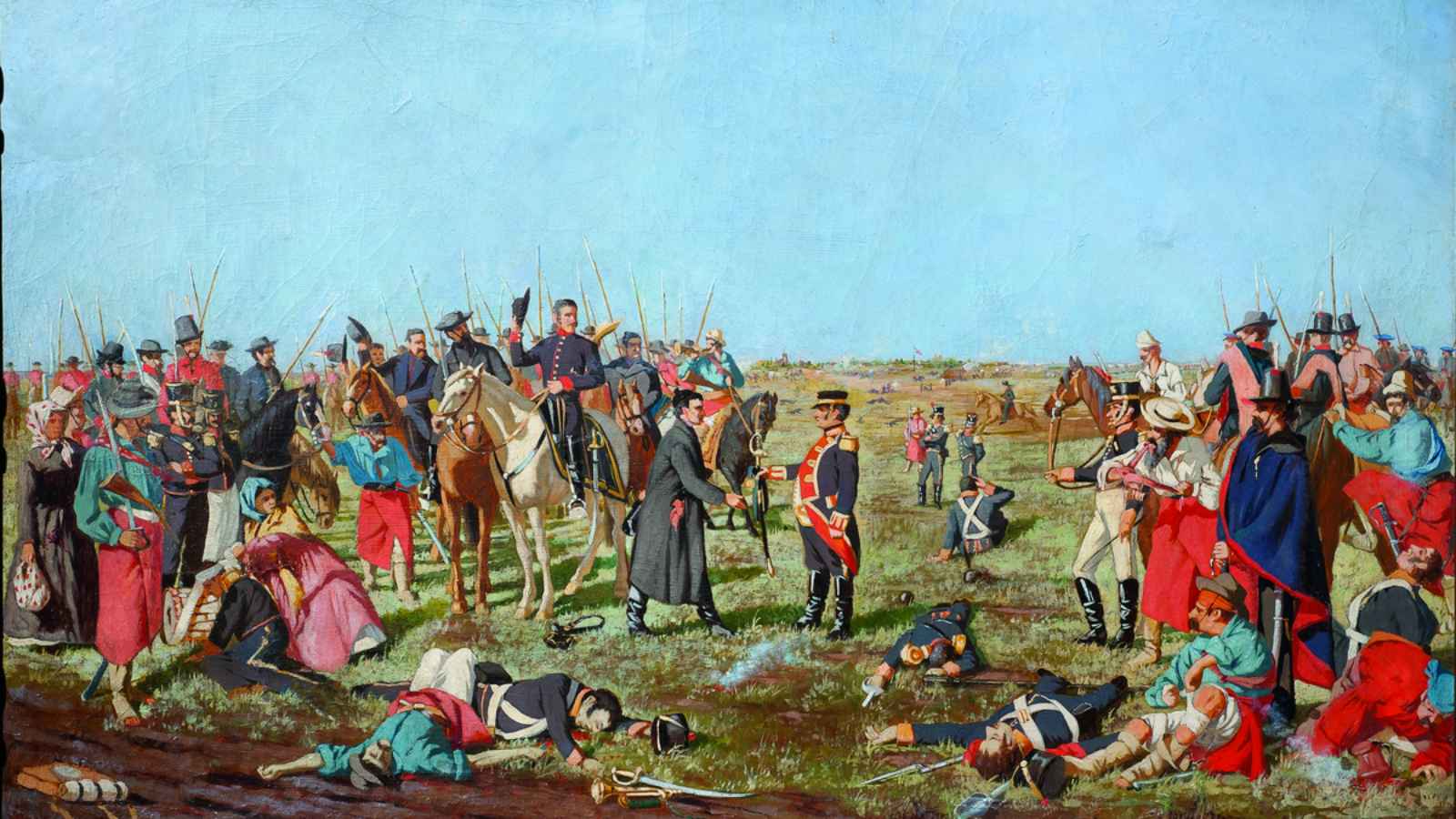The 18th of May commemorates the Battle of Las Piedras, one of the most significant festivals in the Oriental Republic of Uruguay. In 1811, revolutionaries led by the inimitable José Gervasio Artigas defeated Spanish imperialists, paving the way for Uruguay’s independence. Las Piedras was no ordinary battlefield; the Latin American revolution’s waning strength depended on it. The victory at Las Piedras represented the strength of the popular resistance. Perhaps for the first time in a very long time, the oppressed saw new opportunities and horizons. Artigas and his troops provided indigenous populations worldwide with hope. The ethos of Las Piedras bolstered revolutionary efforts, leading to Uruguay’s independence.
The background of Battle of Las Piedras
The Spanish appeared in the region in the 16th century, but their imperialist ambitions were thwarted. The land contained few or no precious metals, much to their dismay. In addition, they encountered overwhelming resistance from the native population. Due to these factors, colonisation did not begin until the 1700s.
By the nineteenth century, Europe was a notably different place. Calls for independence and self-determination reverberated across the continent. In 1810, the decisive May Revolution in Latin America ended Spanish rule in Buenos Aires, compelling the Spanish to flee and relocate their headquarters to Banda Oriental, or present-day Montevideo, Uruguay. The commander of the Uruguayan forces, José Gervasio Artigas, was hot on their heels. He initially pursued the Spanish with fewer than 200 troops. But when the conflict began, his army numbered over a thousand men.
In the meantime, the commander of the royalist army, José Posadas, intended to incite the revolutionaries to battle. Posadas, confident he would win the conflict, moved his army to the Las Piedras battlefield on May 18, 1811. Posadas quickly realised that fortune favoured the courageous that day, not the foolhardy. After suffering a series of defeats, the revolutionaries desperately needed Artigas’s victory over the Spanish. The boost in morale and determination that followed the Battle of Las Piedras was a turning point in the struggle for freedom, securing Uruguay, Paraguay, and Argentina’s independence.
Artigas was an uncommon military general during his time. He demonstrated compassion for captured prisoners and even ordered his troops to care for both sides’ wounded soldiers. The phrase ‘Clemencia para los vencidos,’ or mercy for the conquered, became synonymous with Artigas and his legacy. In May of each year, Uruguayans commemorate their revered national hero and the victorious conflict that contributed to their country’s independence.
Mother Whistler Day 2023: Date, History, Facts, Activities
National HIV Vaccine Awareness Day 2023: Date, History, Facts about HIV
National Notebook Day 2023: Date, History, Facts, Activities
5 URUGUAY FACTS THAT WILL BLOW YOUR MIND
In 2013, Uruguay was the first country to legalise cannabis nationwide.
Before sustainability was fashionable, Uruguay was already producing electricity from renewable sources.
It is known as the “Oriental Republic of Uruguay” because it is located on the eastern branch of the Uruguay River.
In Uruguay, Spanish immigrants give their homes charming first names such as ‘Tango’ or ‘Cualquiera,’ signifying ‘whatever.’
Minority groups of African descent in Uruguay have preserved the Candombe form of music and dance for generations.
BATTLE OF LAS PIEDRAS DATES
| Year | Date | Day |
|---|---|---|
| 2023 | May 18 | Thursday |
| 2024 | May 18 | Saturday |
| 2025 | May 18 | Sunday |
| 2026 | May 18 | Monday |
| 2027 | May 18 | Tuesday |



